Growing Focus on Energy Efficiency
A growing focus on energy efficiency is emerging as a key driver for the Advanced Ceramic Additives Market. Industries are increasingly prioritizing the development of energy-efficient products to meet regulatory standards and consumer expectations. Advanced ceramic additives contribute to energy efficiency by enhancing the thermal stability and durability of materials used in various applications, including construction and automotive. For example, the integration of these additives in insulation materials can significantly reduce energy consumption in buildings. Market forecasts suggest that the energy efficiency segment will experience a growth rate of around 5% annually, reflecting the increasing importance of sustainability in manufacturing processes. This trend not only benefits the environment but also positions the Advanced Ceramic Additives Market as a leader in innovative solutions.
Expansion of the Construction Sector
The expansion of the construction sector is a pivotal driver for the Advanced Ceramic Additives Market. As urbanization accelerates and infrastructure projects proliferate, the demand for advanced materials that offer durability and aesthetic appeal is rising. Advanced ceramic additives are increasingly utilized in construction materials such as tiles, bricks, and concrete to enhance their performance characteristics. Recent statistics indicate that the construction industry is projected to grow at a compound annual growth rate of approximately 4.5% over the next few years, which will likely boost the demand for advanced ceramic additives. This growth is indicative of a broader trend towards the use of high-performance materials in construction, thereby reinforcing the significance of the Advanced Ceramic Additives Market in meeting the evolving needs of the sector.
Increasing Applications in Electronics
The Advanced Ceramic Additives Market is witnessing a significant increase in applications within the electronics sector. As electronic devices become more compact and efficient, the demand for advanced ceramics that can withstand high temperatures and provide excellent electrical insulation is on the rise. These materials are essential in the production of capacitors, insulators, and substrates for semiconductors. Recent market analyses indicate that the electronics segment is expected to account for a substantial share of the overall market, with a projected growth rate of approximately 7% over the next five years. This trend underscores the critical role that advanced ceramic additives play in enhancing the performance and reliability of electronic components, thereby driving the overall growth of the Advanced Ceramic Additives Market.
Rising Demand for Lightweight Materials
The Advanced Ceramic Additives Market is experiencing a notable surge in demand for lightweight materials across various sectors, particularly in aerospace and automotive applications. As manufacturers strive to enhance fuel efficiency and reduce emissions, the incorporation of advanced ceramic additives into composite materials is becoming increasingly prevalent. These additives not only contribute to weight reduction but also improve mechanical properties, making them ideal for high-performance applications. According to recent data, the aerospace sector alone is projected to witness a compound annual growth rate of approximately 5.5% over the next few years, further driving the demand for advanced ceramic additives. This trend indicates a shift towards materials that offer both performance and sustainability, positioning the Advanced Ceramic Additives Market favorably for future growth.
Technological Advancements in Manufacturing Processes
Technological advancements in manufacturing processes are significantly influencing the Advanced Ceramic Additives Market. Innovations such as additive manufacturing and advanced sintering techniques are enabling the production of complex geometries and enhanced material properties. These technologies allow for greater precision and efficiency, reducing waste and production costs. For instance, the introduction of 3D printing in ceramics has opened new avenues for customization and rapid prototyping, which are essential in industries like healthcare and electronics. The market for advanced ceramic additives is expected to expand as these technologies become more widely adopted, with estimates suggesting a growth rate of around 6% annually. This evolution in manufacturing processes not only enhances product performance but also aligns with the industry's push towards more sustainable practices.


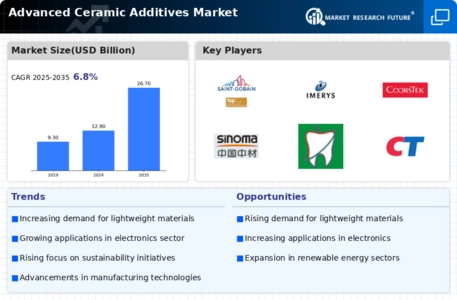
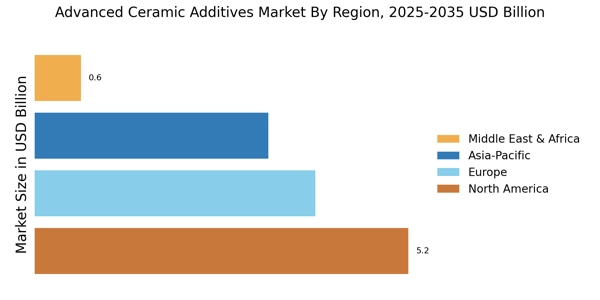

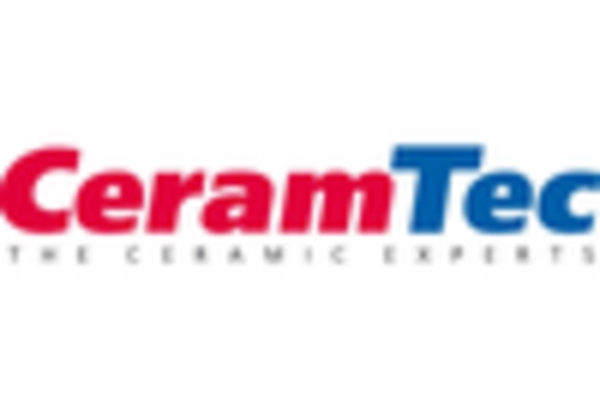
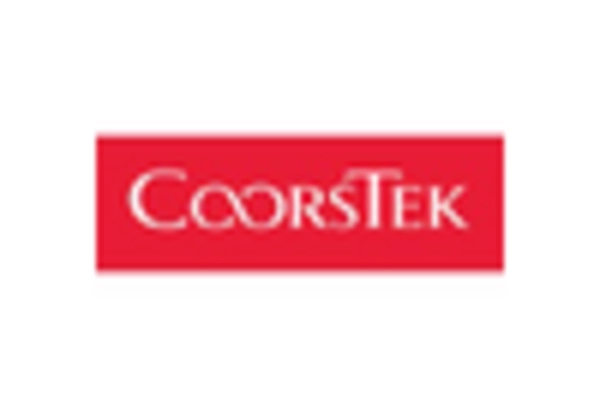
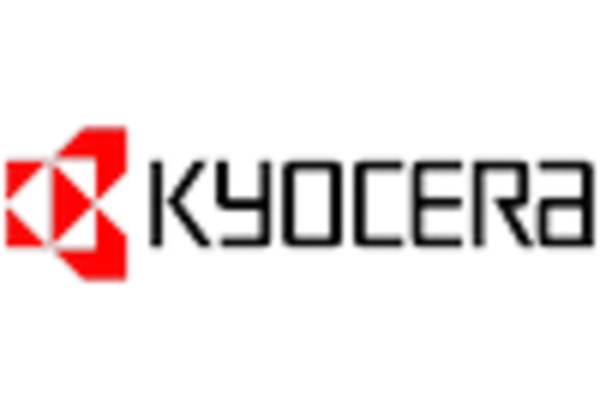
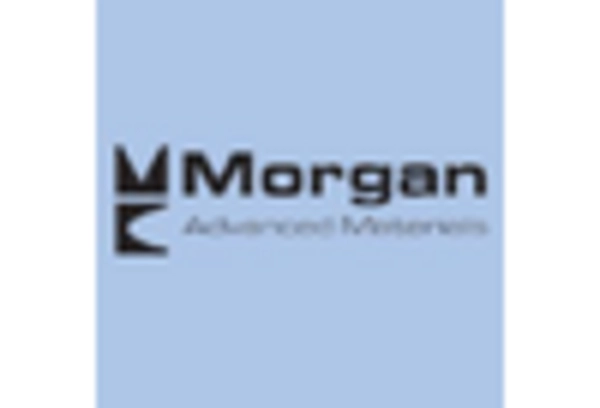









Leave a Comment